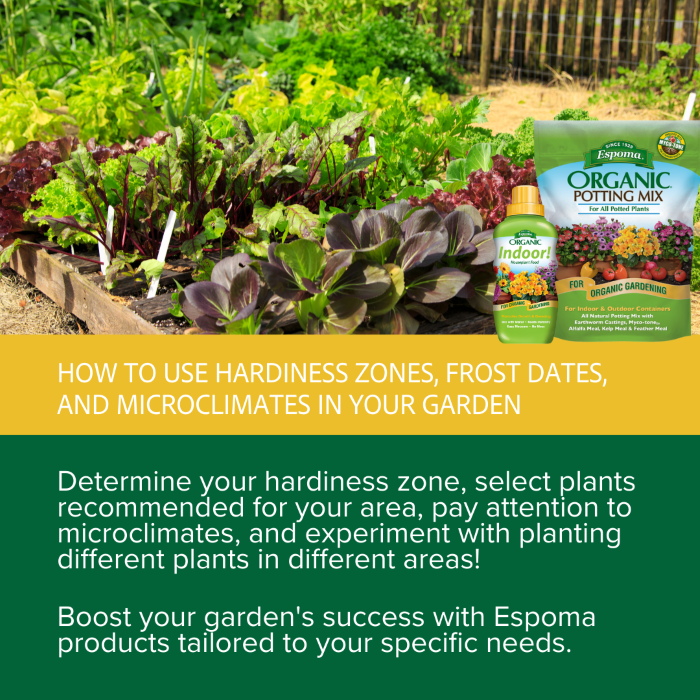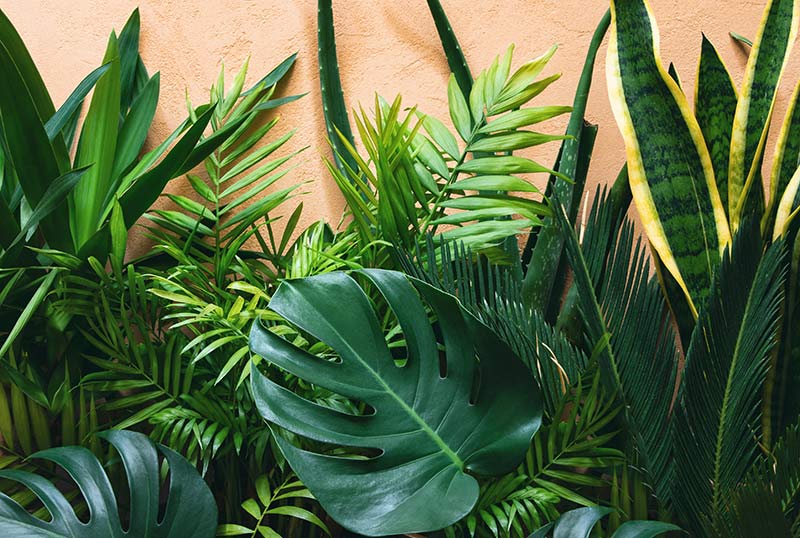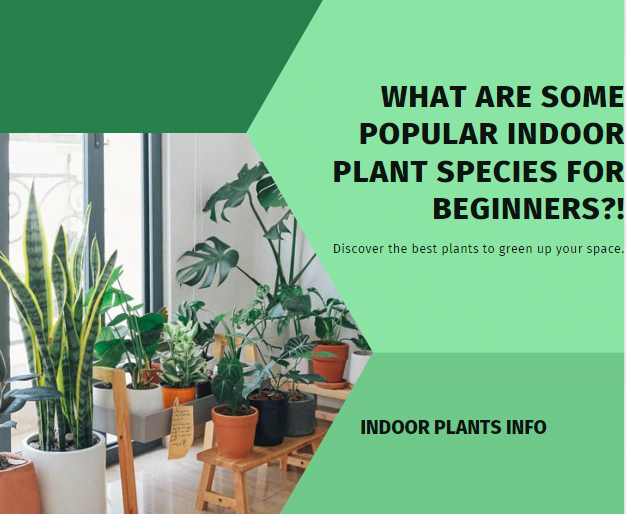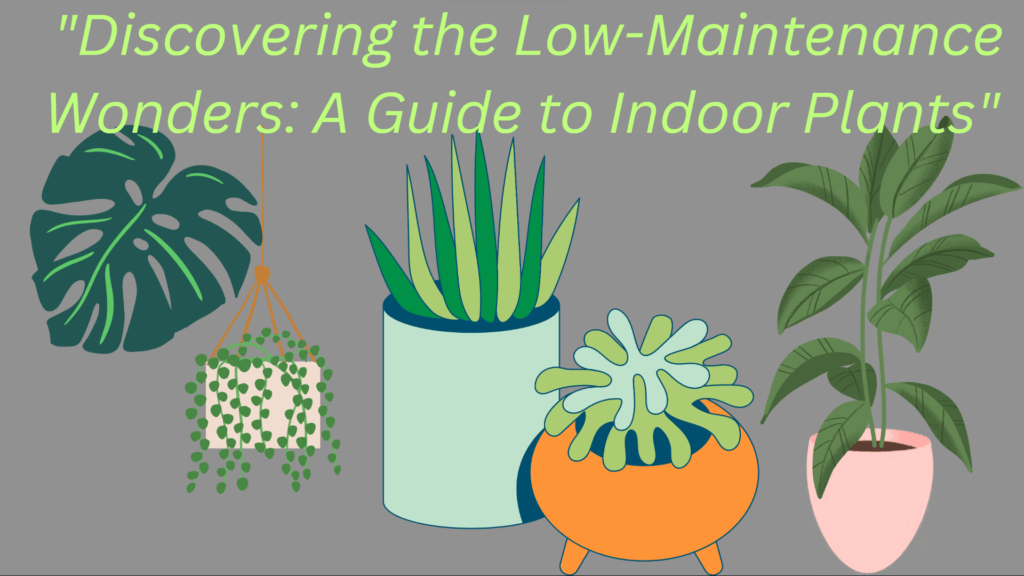To select indoor plants suitable for your climate zone, research the specific growing conditions of your area. Choose plants that thrive in those conditions.
Indoor plants enhance home aesthetics and improve air quality. Understanding your climate zone helps in making informed choices. Different plants have varying requirements for light, humidity, and temperature. Tropical plants need warm, humid conditions, while succulents prefer dry, bright environments.
Local plant nurseries and online resources can guide you. Consulting USDA Hardiness Zone maps or similar tools helps identify the best options. Proper plant care ensures longevity and health, making your indoor garden flourish. Investing time in research pays off, creating a vibrant, thriving indoor space.
Choosing Indoor Plants
Choosing the right indoor plants can make your home beautiful. Your climate zone is important when selecting plants. This guide will help you find the best plants for your home.
Knowing Your Climate Zone
Understanding your climate zone is the first step. The United States Department of Agriculture (USDA) has a plant hardiness zone map. This map divides the country into zones based on average winter temperatures.
To find your zone:
- Visit the USDA plant hardiness zone map website.
- Enter your ZIP code.
- Note your climate zone number.
Knowing your zone helps you pick plants that will thrive indoors. Some plants need more warmth, while others prefer cooler temperatures.
Plant Hardiness
Plant hardiness refers to a plant’s ability to survive in certain climates. Indoor plants must be hardy enough to handle your home’s conditions.
Consider these factors:
- Temperature: Ensure your plant can handle your home’s temperature.
- Humidity: Some plants need high humidity, while others do not.
- Light: Make sure your plant gets the right amount of light.
Use the table below to help you choose plants based on their hardiness:
| Plant | Climate Zone | Temperature | Humidity |
|---|---|---|---|
| Snake Plant | 4-11 | 60-75°F | Low |
| Spider Plant | 9-11 | 55-70°F | Moderate |
| Peace Lily | 11-12 | 65-80°F | High |
Choosing the right indoor plants based on your climate zone ensures they thrive and add beauty to your home.
Climate Zones And Plant Suitability
Choosing the right indoor plants depends on your climate zone. Knowing your zone helps you select plants that will thrive indoors. This guide will help you understand climate zones and match plants to your specific area.
Understanding Climate Zones
Climate zones are regions with similar weather patterns. The USDA Hardiness Zone Map divides North America into 13 zones. Each zone is based on the average minimum winter temperature. Knowing your zone helps in selecting suitable plants.
| Zone | Temperature Range (°F) |
|---|---|
| 1 | -60 to -50 |
| 2 | -50 to -40 |
| 3 | -40 to -30 |
| 4 | -30 to -20 |
| 5 | -20 to -10 |
| 6 | -10 to 0 |
| 7 | 0 to 10 |
| 8 | 10 to 20 |
| 9 | 20 to 30 |
| 10 | 30 to 40 |
| 11 | 40 to 50 |
| 12 | 50 to 60 |
| 13 | 60 to 70 |
Matching Plants To Zones
Once you know your climate zone, select plants that match. Here are some suggestions:
- Zone 1-3: Choose hardy plants like Snake Plant and Aloe Vera.
- Zone 4-6: Opt for Spider Plant and Philodendron.
- Zone 7-9: Select Fiddle Leaf Fig and Pothos.
- Zone 10-13: Try ZZ Plant and Bird of Paradise.
Consider light, humidity, and temperature inside your home. Match these to your plants’ needs. This ensures your indoor garden will flourish.
Popular Indoor Plants By Zone
Choosing the right indoor plants for your climate zone is crucial. This ensures your plants thrive and bring joy to your home. Different plants are suited for different climate zones. Let’s explore some popular indoor plants by zone to help you make the best choice.
Tropical Plants
Tropical plants love warm and humid conditions. They do well in climate zones 10-12. Here are some popular tropical indoor plants:
- Monstera Deliciosa: This plant has large, split leaves.
- Peace Lily: Known for its beautiful white flowers.
- Fiddle Leaf Fig: Famous for its large, glossy leaves.
Temperate Plants
Temperate plants thrive in moderate conditions. They are suitable for climate zones 6-9. Here are some popular temperate indoor plants:
- Spider Plant: This plant is easy to care for and has long, arching leaves.
- English Ivy: Known for its trailing vines and lush foliage.
- Snake Plant: Also called mother-in-law’s tongue, it has stiff, upright leaves.
| Plant | Climate Zone | Key Feature |
|---|---|---|
| Monstera Deliciosa | 10-12 | Large, split leaves |
| Peace Lily | 10-12 | Beautiful white flowers |
| Fiddle Leaf Fig | 10-12 | Glossy leaves |
| Spider Plant | 6-9 | Long, arching leaves |
| English Ivy | 6-9 | Trailing vines |
| Snake Plant | 6-9 | Stiff, upright leaves |

Credit: landscapeforlife.colostate.edu
Assessing Indoor Environment
Selecting the right indoor plants starts with assessing your indoor environment. Each plant has unique needs. By understanding your home’s light conditions and humidity levels, you can choose plants that will thrive.
Light Conditions
Light conditions are crucial for plant health. Some plants need direct sunlight, while others do well in low light.
- Direct Sunlight: Ideal for cacti and succulents.
- Indirect Sunlight: Perfect for ferns and pothos.
- Low Light: Suited for snake plants and ZZ plants.
Check window placements to gauge the light in your home.
Humidity Levels
Humidity levels impact plant growth. Some plants love high humidity, while others prefer dry air.
| Humidity Level | Suitable Plants |
|---|---|
| High | Fiddle leaf fig, Boston fern |
| Medium | Spider plant, Peace lily |
| Low | Snake plant, Aloe vera |
Use a humidifier to increase moisture for high-humidity plants.
Low-maintenance Options
Choosing indoor plants suitable for your climate zone can be tricky. Low-maintenance plants make this task easier. These plants require minimal care, making them perfect for busy individuals. They thrive in various conditions and still look healthy and vibrant. Below are some of the best low-care plants and tips for caring for them.
Best Low-care Plants
- Snake Plant (Sansevieria): Thrives in low light and irregular watering.
- Spider Plant: Adapts to various light conditions and needs minimal watering.
- Pothos: Grows well in low light and requires infrequent watering.
- ZZ Plant (Zamioculcas zamiifolia): Tolerates low light and drought conditions.
- Aloe Vera: Requires bright light but minimal watering.
Caring For Low-maintenance Plants
| Plant | Light Requirement | Watering Frequency |
|---|---|---|
| Snake Plant | Low to bright indirect light | Every 2-3 weeks |
| Spider Plant | Low to bright indirect light | Once a week |
| Pothos | Low to bright indirect light | Every 1-2 weeks |
| ZZ Plant | Low to bright indirect light | Every 2-3 weeks |
| Aloe Vera | Bright indirect light | Every 3 weeks |
Watering: Most low-maintenance plants need infrequent watering. Always check soil moisture before watering. Overwatering is a common issue.
Light: These plants adapt to various light conditions. Place them in areas with indirect sunlight. Avoid direct sunlight as it may cause leaf burn.
Soil: Use well-draining soil for these plants. It prevents root rot and ensures healthy growth.
Fertilizing: Fertilize sparingly. Once every few months is usually sufficient. Over-fertilizing can damage the plants.
Consulting Local Experts
Selecting indoor plants suitable for your climate zone can be challenging. Consulting local experts can make this task easier. They provide personalized advice tailored to your specific environment. This article explores two key resources for expert advice: nurseries and garden centers, and online plant communities.
Nurseries And Garden Centers
Local nurseries and garden centers are excellent places to start. These establishments employ knowledgeable staff who understand your regional climate. They can recommend plants that thrive indoors in your specific area.
Here are some benefits of visiting nurseries and garden centers:
- Access to a variety of plants suited to your climate
- Expert advice on plant care and maintenance
- Opportunity to see plants in person before purchasing
The table below summarizes the advantages of consulting nurseries and garden centers:
| Advantages | Description |
|---|---|
| Variety | Wide selection of climate-suitable plants |
| Expert Advice | Guidance on care and maintenance |
| Visual Selection | See and assess plants in person |
Online Plant Communities
Joining online plant communities can also be very beneficial. These communities consist of plant enthusiasts and experts who share their knowledge and experiences.
Here are the benefits of participating in online plant communities:
- Access to a wealth of information and resources
- Ability to ask questions and get answers from experienced members
- Opportunity to share your experiences and learn from others
Engaging with these communities can help you make informed decisions about indoor plants suitable for your climate zone.
Long-term Plant Care
Taking care of indoor plants over the long term requires dedication and knowledge. Proper care ensures your plants thrive in your climate zone. Below are key aspects of long-term plant care to help you maintain healthy indoor plants.
Watering Schedules
Watering schedules depend on the type of plant and your climate zone. Some plants need frequent watering, while others prefer dry soil. Here’s a table to help you understand the watering needs of common indoor plants:
| Plant Type | Watering Frequency |
|---|---|
| Succulents | Once a week |
| Ferns | Every 2-3 days |
| Peace Lilies | Every 5-7 days |
Always check the soil moisture before watering. Overwatering can harm your plants.
Fertilization And Soil Needs
Fertilization provides essential nutrients for plant growth. Different plants have varying fertilization needs. Use the right type of fertilizer to keep your plants healthy. Here are some tips:
- Use a balanced fertilizer for most indoor plants.
- Feed succulents with a low-nitrogen fertilizer.
- Apply fertilizer every 4-6 weeks during the growing season.
The soil quality is also crucial for plant health. Use well-draining soil to prevent root rot. For specific plants, like orchids, use specialized soil mixes.
Consider the following soil types:
- Potting Soil: Suitable for most indoor plants.
- Cactus Mix: Ideal for succulents and cacti.
- Orchid Mix: Best for orchids and other epiphytes.
Maintaining the right soil and fertilization practices will ensure your indoor plants thrive.

Credit: www.espoma.com
Common Mistakes To Avoid
Choosing the perfect indoor plants for your climate zone can be tricky. Many people make common mistakes that can harm their plants. Knowing these mistakes can help you avoid them.
Overwatering Issues
Overwatering is a big problem for indoor plants. Many people think more water is better. But too much water can drown the roots. Plants need air in the soil too. Without air, the roots rot.
To avoid overwatering, check the soil before watering. Stick your finger in the soil up to the first knuckle. If the soil feels dry, it’s time to water. If it’s still wet, wait a few days.
| Signs of Overwatering | Solutions |
|---|---|
| Yellowing leaves | Let the soil dry out |
| Mushy stems | Improve drainage |
| Moldy soil | Water less frequently |
Ignoring Light Requirements
Many indoor plants need the right amount of light. Some need bright light; others thrive in low light. Ignoring light requirements can stunt growth or kill the plant.
Check the plant’s light needs before buying it. Place plants near windows if they need bright light. For low-light plants, keep them away from direct sunlight.
- Bright light: Place near south-facing windows.
- Medium light: Place near east or west windows.
- Low light: Place in north-facing rooms or shaded areas.
Use grow lights if your home lacks natural light. This can help mimic the sun’s rays.

Credit: www.pennington.com
Frequently Asked Questions
What Are The Best Indoor Plants For My Climate Zone?
Selecting indoor plants based on your climate zone is crucial. Research plants that thrive in similar temperature and humidity levels. Consult local nurseries for recommendations.
How Do I Know My Climate Zone?
You can determine your climate zone by using the USDA Plant Hardiness Zone Map. It provides information based on your geographic location.
Can Tropical Plants Grow In All Climate Zones?
Tropical plants usually require warm and humid conditions. They may struggle in colder or drier zones without proper indoor care.
Are There Low-maintenance Indoor Plants For Any Climate?
Yes, many low-maintenance indoor plants thrive in various climates. Examples include snake plants, pothos, and ZZ plants.
Conclusion
Choosing the right indoor plants for your climate zone ensures they thrive and enhance your home. Research your local climate and plant requirements. Consider humidity, light, and temperature. This will guide you in selecting suitable plants. Happy planting and enjoy your beautiful, green indoor space.



